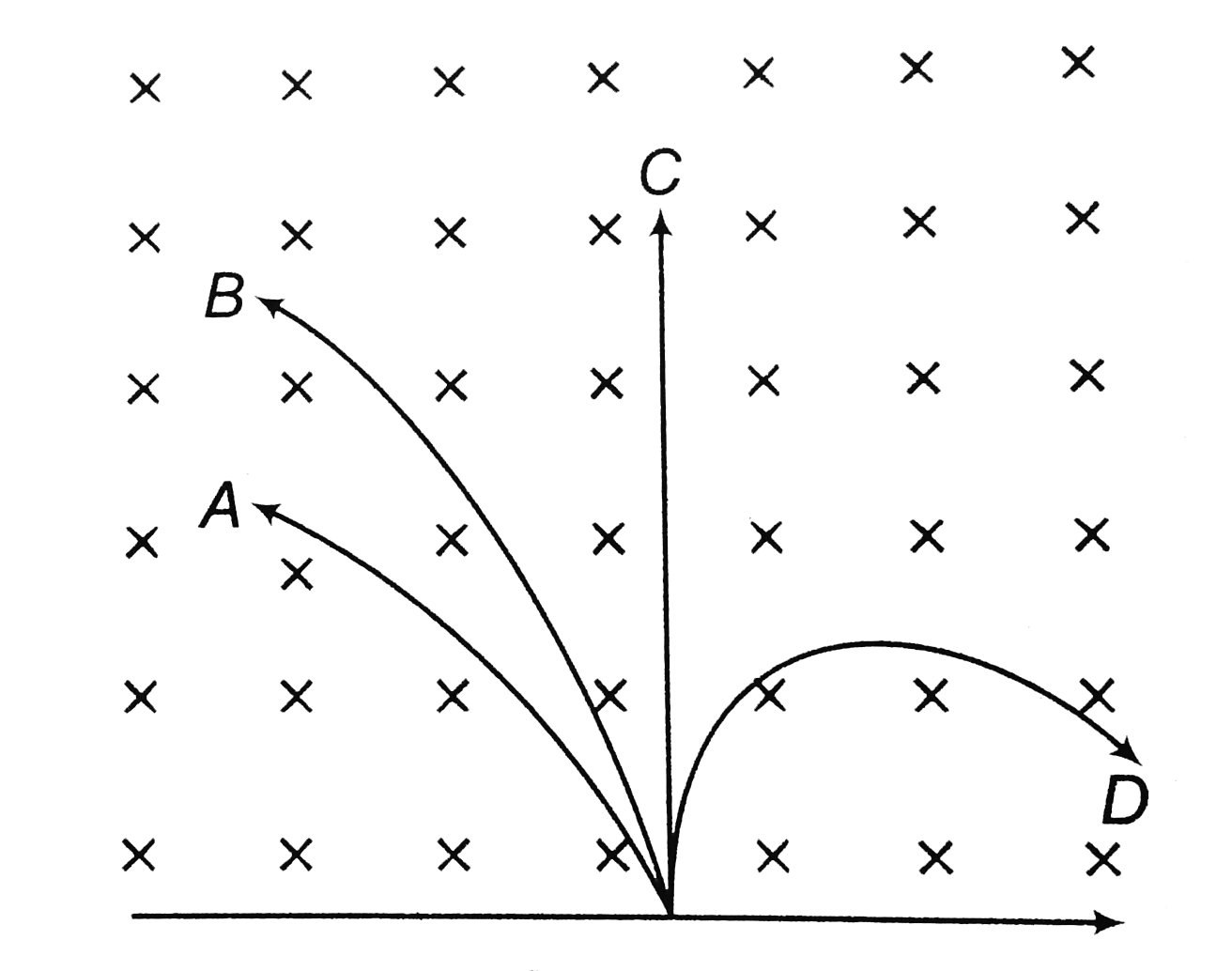Name three fundamental particles of the atom. Give the symbol and charge of each particle.
Step by step video & image solution for Name three fundamental particles of the atom. Give the symbol and charge of each particle. by Chemistry experts to help you in doubts & scoring excellent marks in Class 8 exams.
Updated on:21/07/2023Topper's Solved these Questions
- ATOMIC STRUCTURE BOOK - ICSECHAPTER - ATOMIC STRUCTURE EXERCISE - Exercise (Answer the following in detail)
7 Videos
- ATOMIC STRUCTURE BOOK - ICSECHAPTER - ATOMIC STRUCTURE EXERCISE - Exercise (Draw diagrams of the following)
2 Videos
- ATOMIC STRUCTURE BOOK - ICSECHAPTER - ATOMIC STRUCTURE EXERCISE - Exercise (Match the columns)
1 Videos
- CARBON & ITS COMPOUNDSBOOK - ICSECHAPTER - CARBON & ITS COMPOUNDSEXERCISE - OBJECTIVE TYPE QUESTIONS
23 Videos
Similar Questions
Name the three fundamental quantities.
View SolutionName the three sub-atomic particles of an atom.
View SolutionName the fundamental particle which exists in the nucleus
View SolutionCharge on α−particle is
View SolutionFind the charges on different particles.

View SolutionWhat is the origin of charge on colloidal particles?
View SolutionName the three constituents of an atom and state mass and charge of each. How are they distributed in an atom ?
View SolutionTwo particles having charge Q1 and Q2 , when kept at a certain distance exert a force F on each other . If the distance between the two particles is reduced to half and the charge on each particle is doubled , the force between the particles would be
View SolutionDraw a neat labeled diagram representing an atom. Name the three sub-atomic particles in the atom & represent them symbolically showing the mass & charge of each. State where the sub-atomic particles are present in the atom.
View SolutionThree paricles, each of mass m and carrying a charge q each, are suspended from a common pointby insulating massless strings each of length L. If the particles are in equilibrium and are located at the corners of an equilateral triangle of side a, calculate the charge q on each particle. Assume L>>a.
View Solution
